The season of stand up paddleboarding is upon us and there is no better time to purchase a board than right now. But what if you are new to the sport? What do you look for in a board, how much is too much to spend and what are the right questions to ask when picking out a shiny new board?
Knowing how to pick out a board is essential in this sport as a board that doesn’t fit your needs will end up ruining this awesome sport for you. I headed into our local retailer to get the scoop on choosing the perfect board.
Step 1: How You’re Going To Use Your Board
The first step in picking out your board is to decide how you are going to use it. Different types of boards are suited to different activities. Are you planning on racing with it or just using it to explore flat waters and maybe some small waves? Or are you planning on hitting up the heavy waves?
There is a lot to consider and beginners should start off with a board that allows for fun and fitness. Beginners are also more likely to want a board with a planning hull; this means that the board is flat and wide giving more stability to it. Displacement hulls tend to have a pointed nose and are longer and more narrow. Planning hulls are perfect for riding on top of the water and in ocean waves while displacement hulls are meant for touring and racing.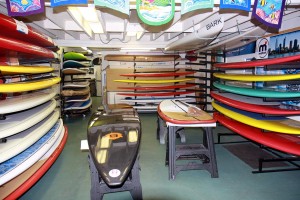
Step 2: Volume of the Board
Looking at the volume of the board is the next step once you have decided which kind of board you want. Volume is expressed in liters and gives a good indication of the board’s ability to float with weight on it. Essentially the higher the volume, the more weight the board can support. More volume means easier to paddle but you lose some maneuverability.
Volume can be confusing and it is best to know what you want your board to be able to do before purchasing. You don’t want to spend your days falling off the board in the waves. Best to speak to an expert at the retailer you are purchasing from.
Step 3: Length of the Board
Each board has its own weight capacity and it is worth double checking that you fit within the guidelines. Not only will you want to consider length when it comes to what type of paddling you want to do, but also how much storage space you have at home, your car roof rack and the length of time you will have to carry it.
Boards are classified into three different lengths; short, medium and long. Short boards are under 9′ and are more maneuverable and great for kids. Medium boards are 9′-12′ and are perfect for lakes and small waves. Whereas long boards are anything over 12′ and tend to be faster and track straighter; great for touring and racing.
Step 4: Narrow Or Wide
When purchasing a board, you have to combine length and width and decide whether you will get a narrow or wide board. Narrow and long often go well together as they are the fastest option, while wider boards tend to be slower but much more stable. A wide medium length board is perfect for beginners.
Step 5: Fins
Fins are an essential part of every stand-up paddleboard. Without one, your board would simply go around in circles. The fin helps to keep you in a straight line or on a track. Larger fins will help make the board feel more stable but will slow you down compared to smaller fins that cut through the water more easily. Not every paddleboard will have the same setup and depending on your activity, will determine if you need just one or four fins.
Step 6: Don’t Forget The Paddle!
And there is one of the most important pieces of equipment besides the board. The paddle is essential in this sport to get along, maneuver the waves and not tip over. Our paddleboard expert recommended a paddle that was 6′-8′ taller than the user; although some experts recommend one that is 8′-10′ taller.
If you can try one out before purchasing, we recommend that in order to ensure the right paddle fit. You want maximum paddle efficiency and won’t get that without a proper fitting paddle. A leash is another accessory you won’t want to leave the store without. Tethering your paddleboard to you is a great way to make sure you don’t lose it in the water.
What To Expect for Price
So now that you have the essential tools to help decide what paddleboard is right for you; let’s talk price. Boards typically range from US $150 (for an inflatable board) up to $1000. If there is one thing experts recommend is not to cheap out on a board. Take the time to shop around, check for sales and really find the board that connects with you.
It is highly recommended to rent boards the first few times to get a feel of what kind of paddling you want to do and what types of boards you feel most comfortable. With this sport quickly gaining in popularity there are numerous rental shops to suit your needs. Good luck and Happy Paddling!!
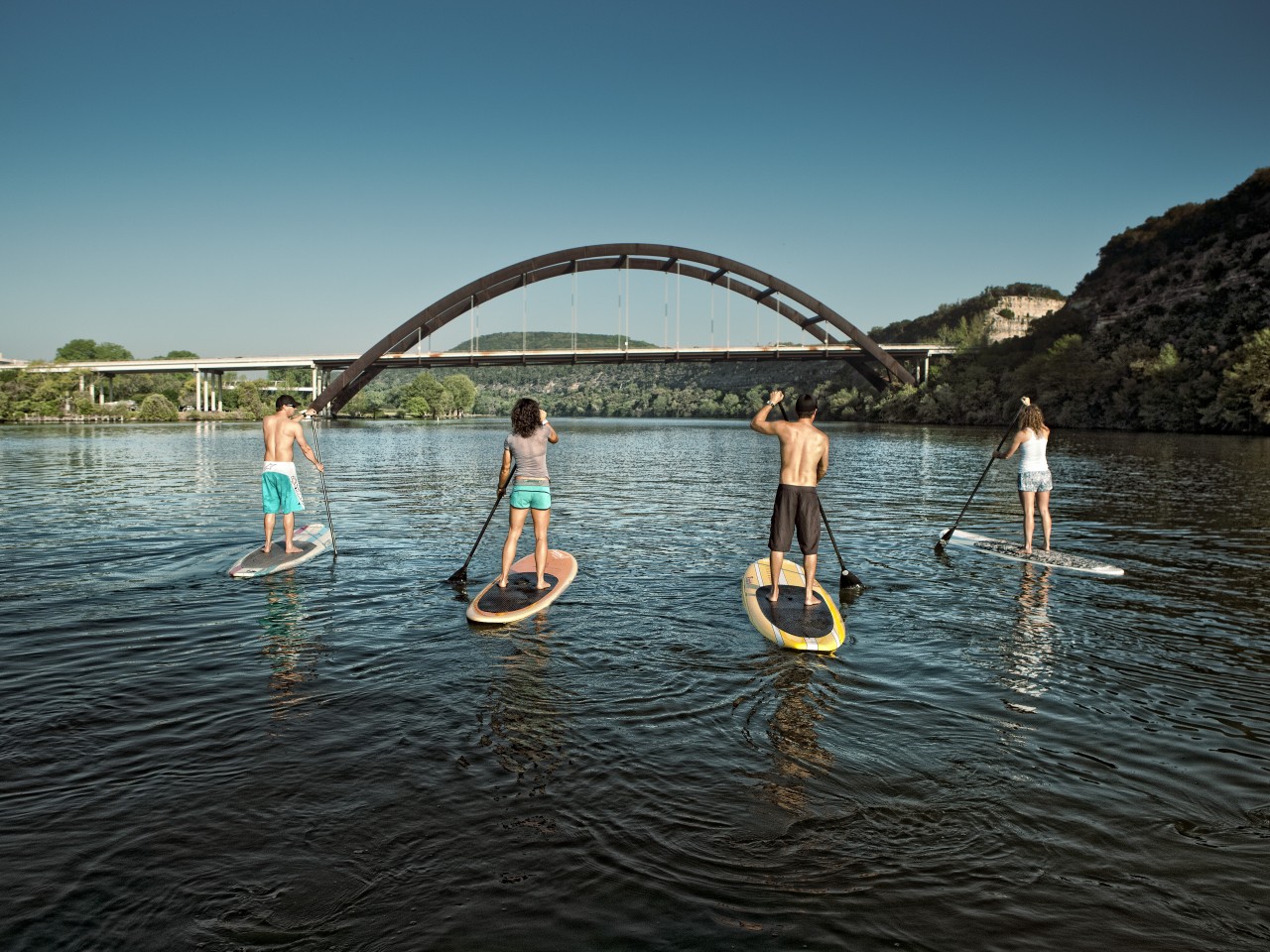
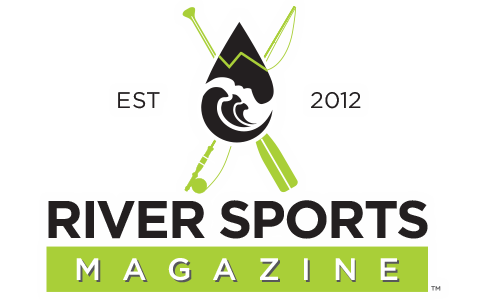
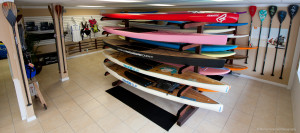
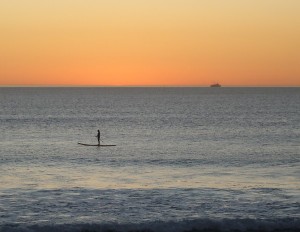
Follow us for the latest news!